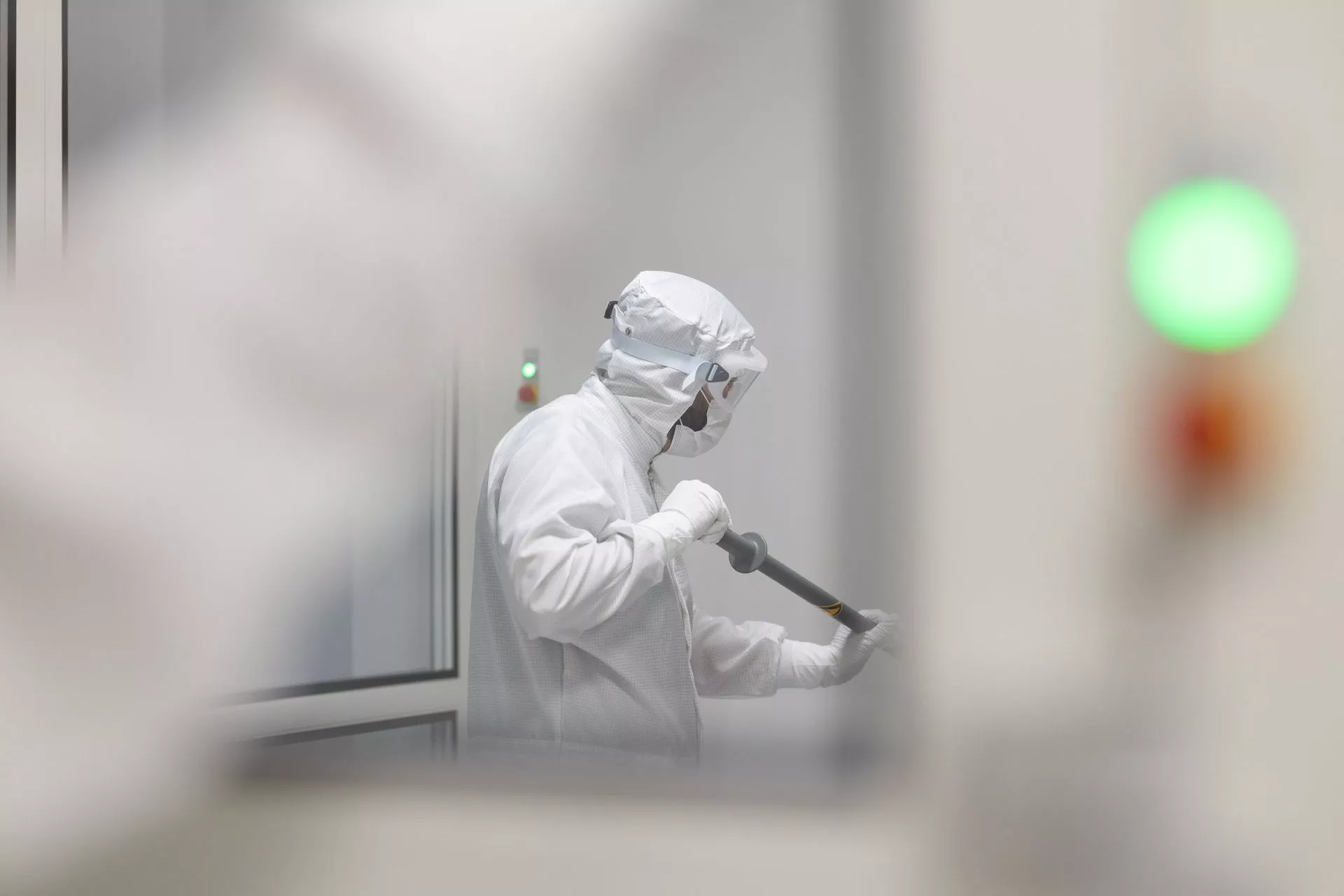Beyond cleaning: the importance of safety protocols for cleanroom access
Maintaining the integrity of a decontaminated cleanroom is about more than just meeting the highest cleanliness standards, it’s also about strictly controlling who has access to the restricted area. Access control plays a crucial role in safeguarding the safety and quality of products, especially in the life sciences, high tech and food industries. In this blog, we’ll explore the different aspects of cleanroom access management and how these are specified by GMP regulation.

Why implement access control?
Cleanrooms are pristine, tightly contained, and highly controlled areas specifically designed to minimize the presence of contaminants such as dust, microbes and chemical fumes. Anything and anyone entering this room may bring in contaminants and disrupt this delicate balance, which can compromise product quality and safety. By introducing access control, you’re making sure that the only people who enter the cleanroom are trained and authorized to do so.
Safety first
However, it’s not just about best practices. GMP regulations actually require companies to implement strict access control when it comes to production and packaging areas, including cleanrooms. This calls for clear access control procedures, including:
- Access authorization, in which only pre-registered personnel are allowed to enter the area. This may include physical barriers, such as Interlock doors, or airlocked areas. Measures like these minimize the chance of contamination because the doors to the cleanroom and those to the rest of the building can never be opened at the same time.
- Documentation and logs, providing clarity and insight into who has entered the cleanroom and the exact time of entry. To obtain this information and manage access levels, most cleanrooms are fitted with a badge control system. In some cases, even biometric technologies such as fingerprint and iris recognition may be used.
- Gowning protocols specify how authorized employees and external service providers are supposed to gown up for cleanroom entry and what PPE (personal protective equipment) is required.
In the end, the safety and quality of your products is paramount. All three procedures mentioned are important elements in passing your GMP compliance audits with flying colors. Other elements your GMP auditors will inspect are:
- Emergency procedures, such as evacuation protocols
- Health and safety considerations
- Environmental monitoring, such as air quality, room temperature and humidity
- Hygiene and behavior protocols
- Staff training and awareness
As you can see and have probably experienced, it takes tremendous effort to keep your life science or high-tech company in business. Did you know that TRU also offers consultancy services for GMP compliance and cleanroom auditing? We’d love to hear about your company, team and specific compliancy needs, so we can help you elevate your cleanroom procedures and be up to date on all GMP regulations. Get in touch with us today!



